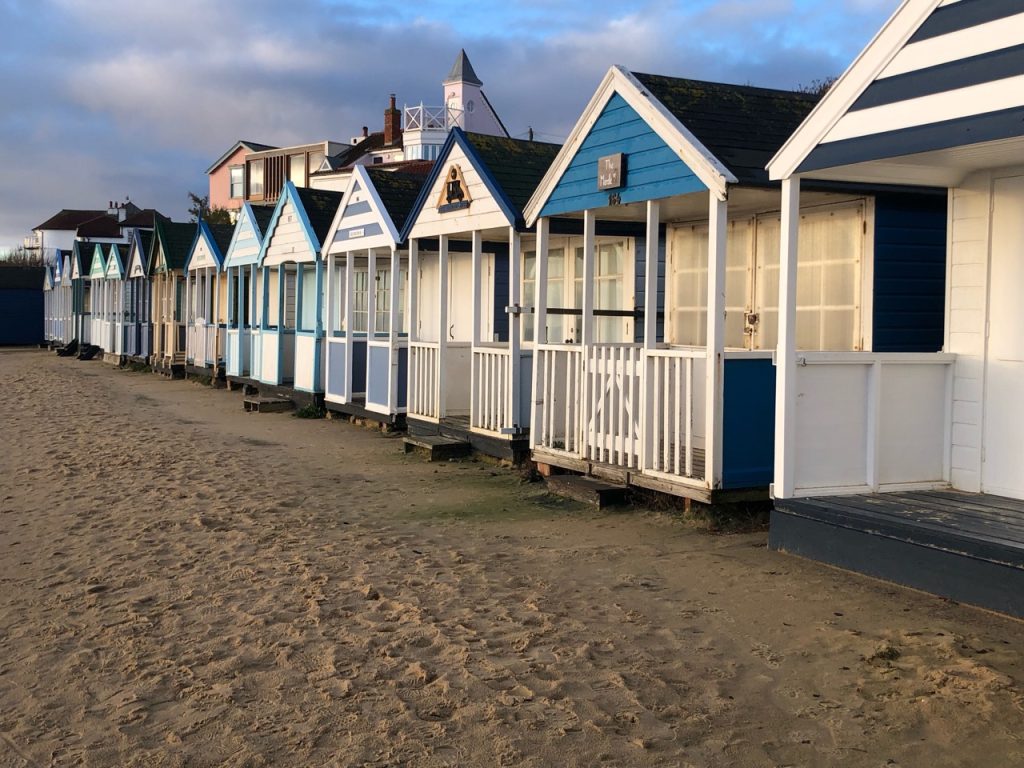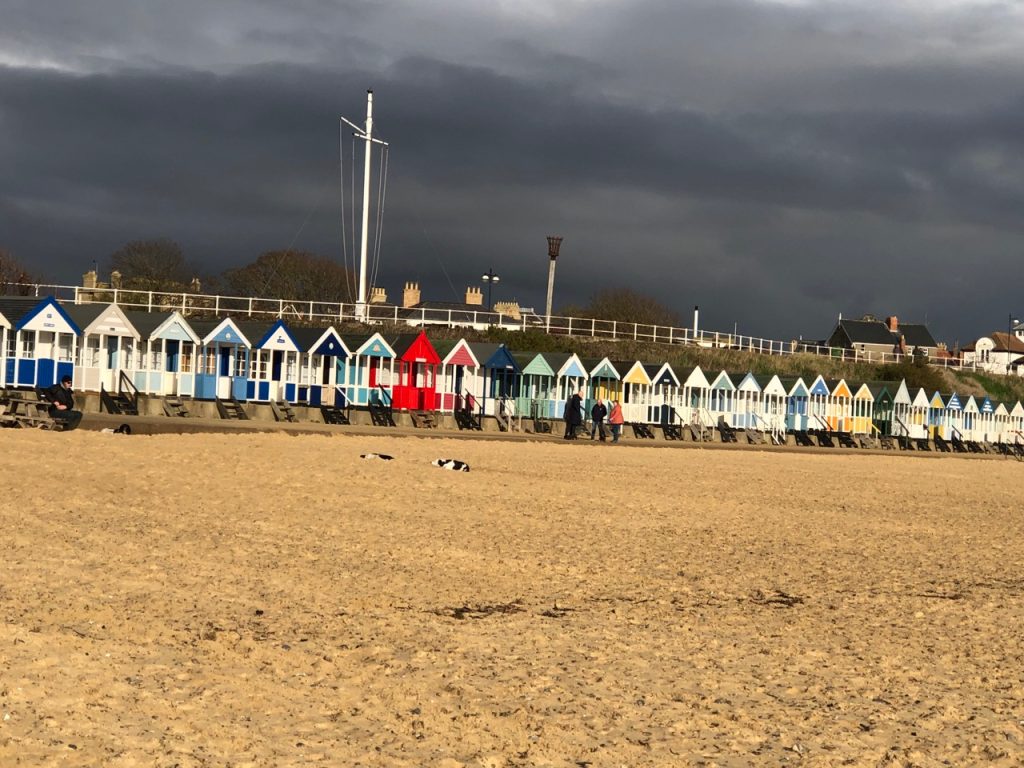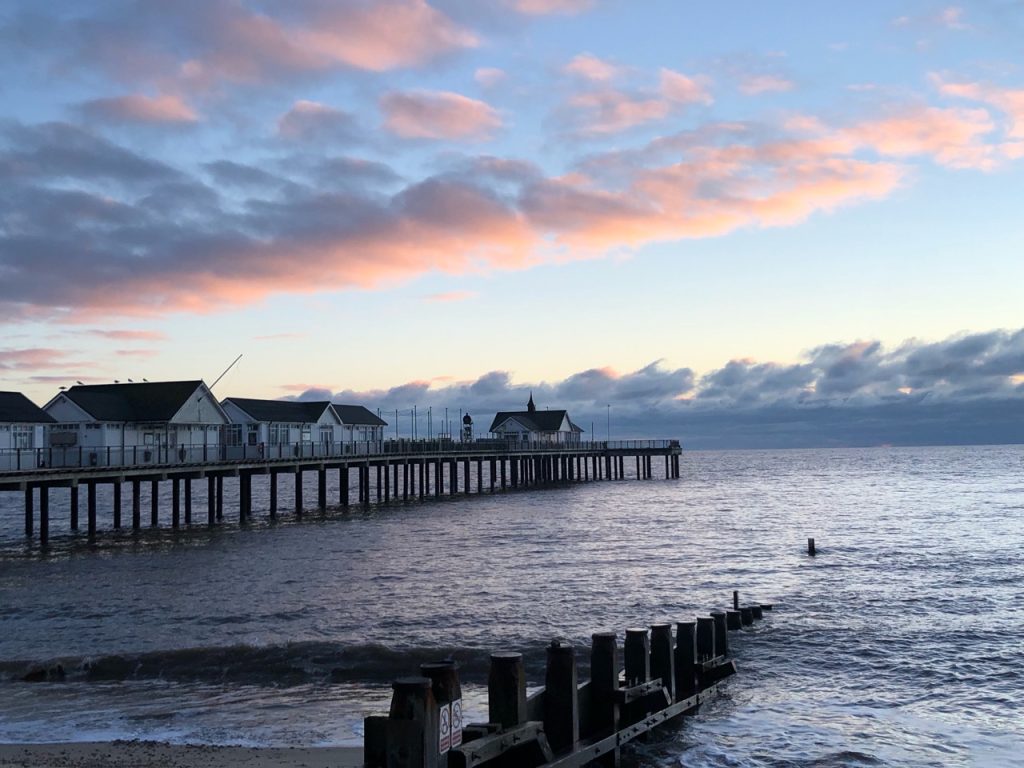When it comes to dramatic cliffs, crashing waves and romantic sunsets, Southwold on England’s east coastline can’t compete with its west coast counterpart.
That said, the ‘Sunrise’ coastline still has a lot to offer. Unspoilt beaches, natural habitats and scenic beauty are all in abundance.
One area definitely worth a visit is the north Suffolk coastline, the most eastern tip of England and designated Area of Outstanding Natural Beauty (AONB)
And there’s no better way of exploring the area than walking from Minsmere to Southwold.
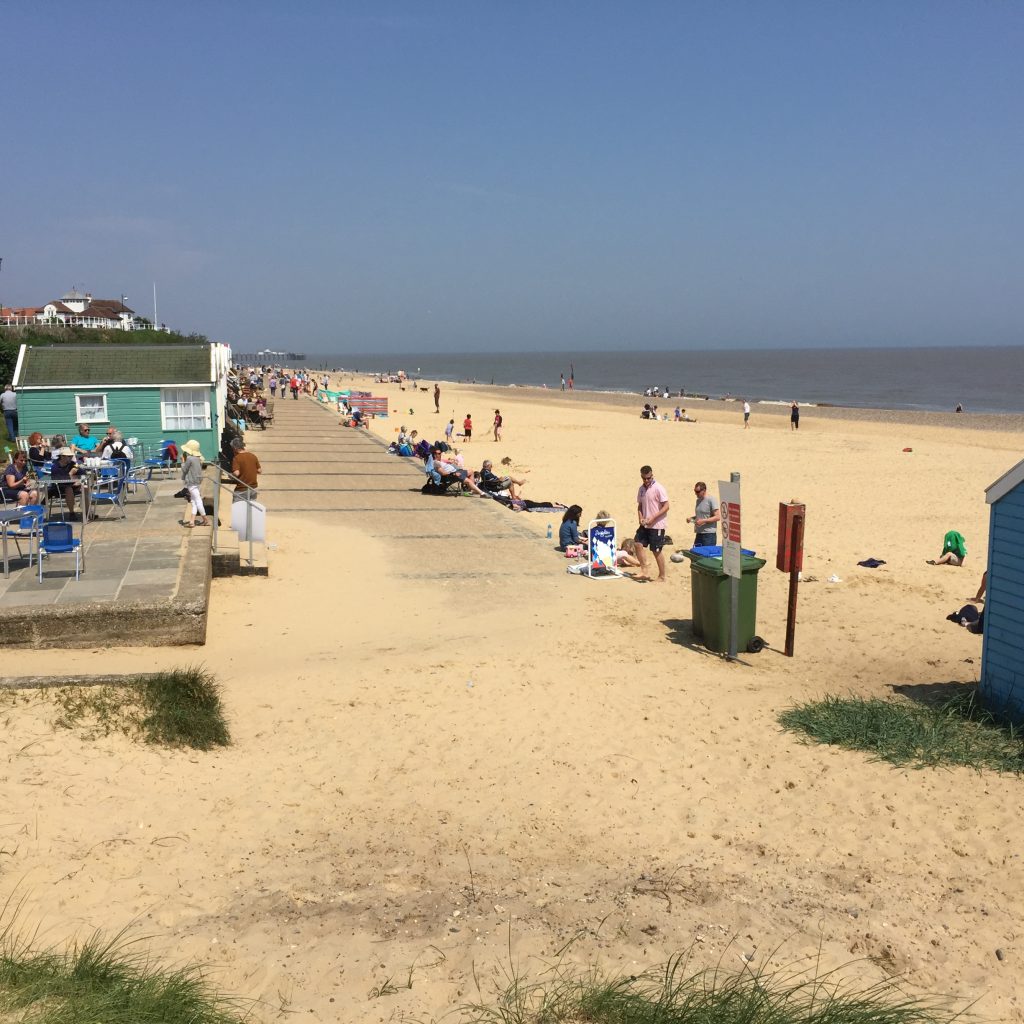
This beachside walk is around 7 miles and takes around 3 hours.
Start at the RSPB reserve at Minsmere. One of the most best known reserves in the UK and home to two iconic birds, the Avocet and the Bitten.
If you don’t want to pay to enter the reserve you can park up at nearby Eastbridge and cross marshed walk-ways until you reach the beach.
Just before you reach the pebbled coastline you’ll see abandoned concrete pill boxes and remnants of other sea defences, a reminder of how exposed this coastline was to invasion in times of war.
Once you reach the coastline look north to your left. On a good day Southwold Lighthouse will be visible and will serve as a guide point throughout the duration of your walk.
Walk around a mile along the coast. You will follow a path that climbs to impending cliffs to reach National Trust’s Dunwich Heath where purple heather and yellow gorse are resplendent.
You can chose to walk inland to Dunwich Village, or drop down to the shoreline again and follow the beach for about a mile.
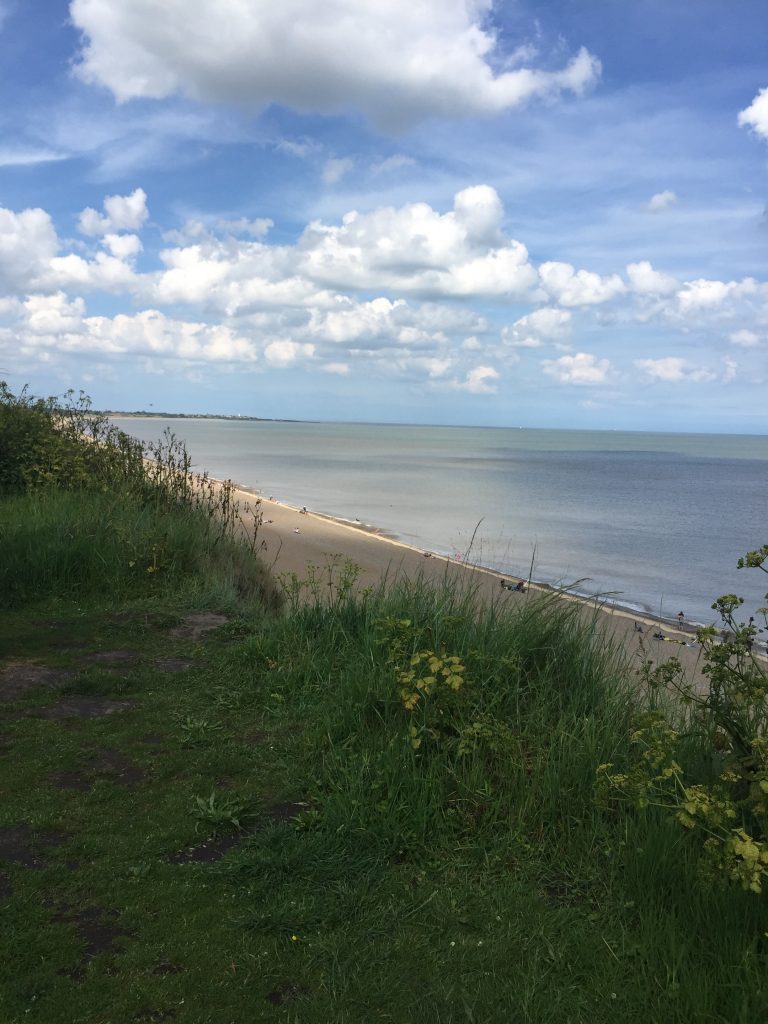
In Medieval times Dunwich was a prosperous port with 4,000 inhabitants. If you’ve taken the inland route you’ll pass the remains of Greyfrairs, a thirteenth century Franciscan priory. This gives you some idea of the importance and scale of Dunwich during that period long ago.
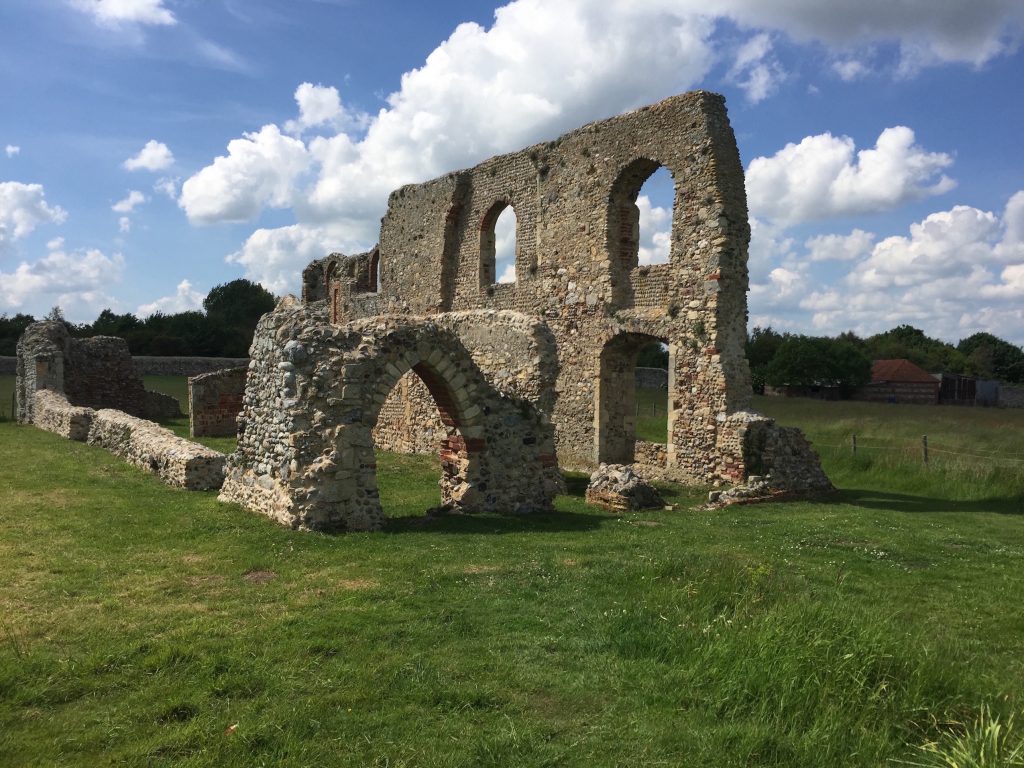
Over time though, the sea slowly swallowed the land and the town, leaving little except a few houses, a pub and beach café, famed for its summer time fish and chips.
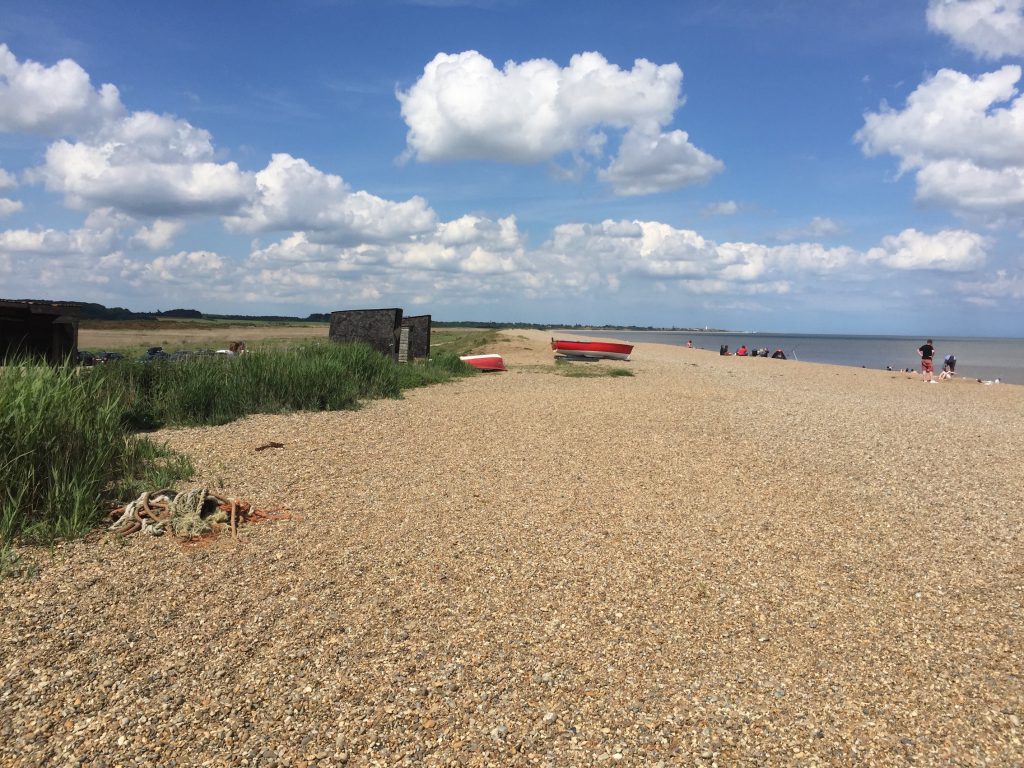
From Dunwich it’s around three miles to Walberswick, another former port which today serves as a calm and sleepy holiday location for many of London’s fashionable media set.
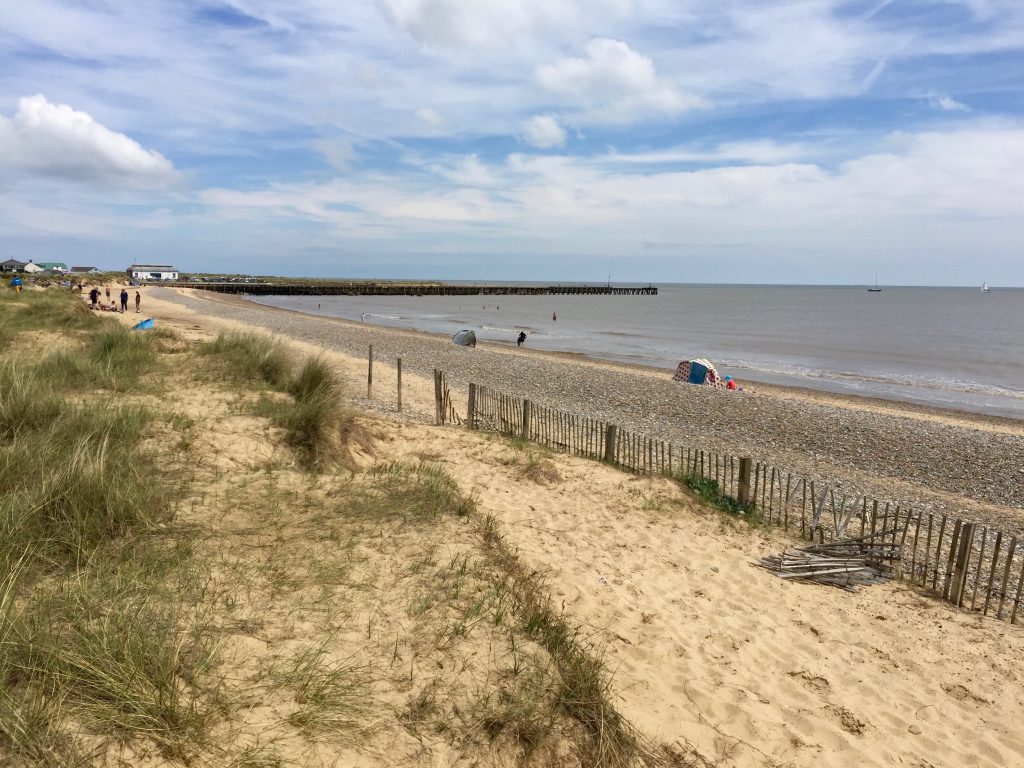
With a quaint village green, its duned beach and charming teashop you can see why.
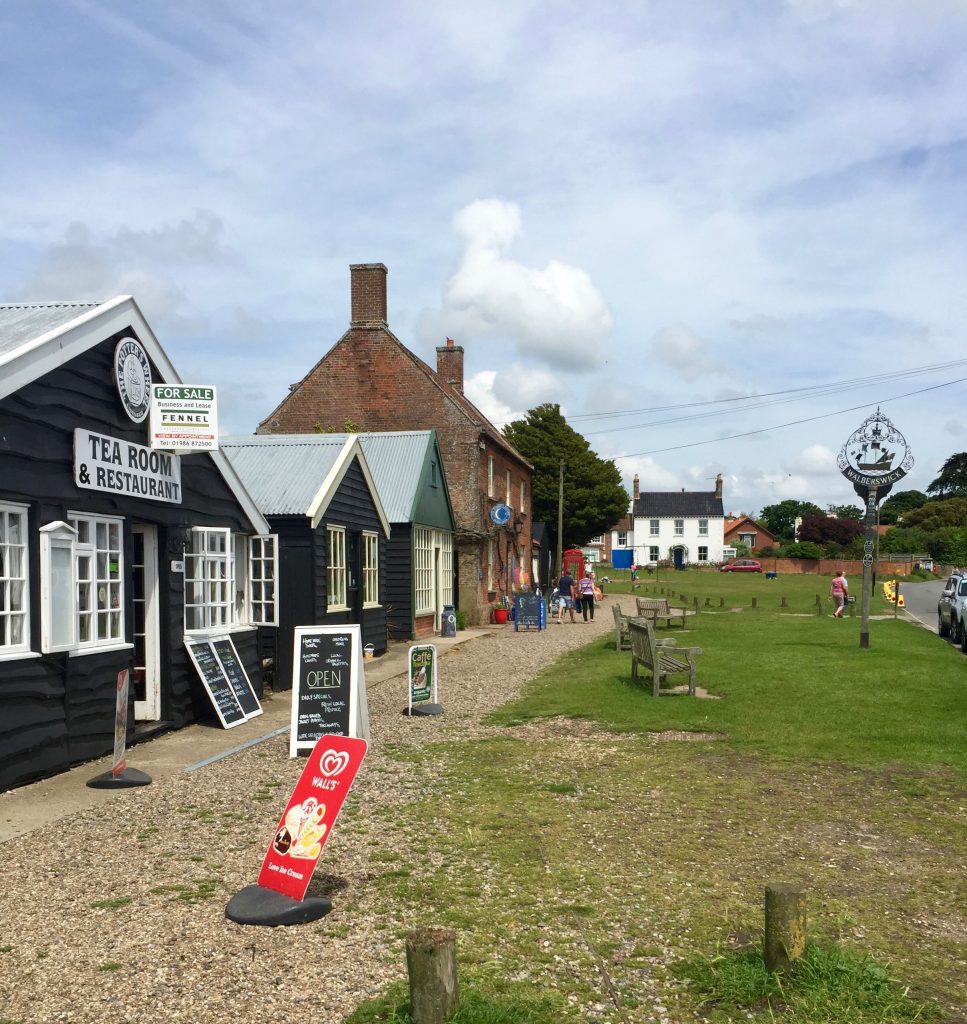
Walberswick is also home of the British Open Crabbing Championship every August. Most days, there’s certainly plenty of younger holiday makers around trying their hand at this unusual pastime, dangling their bait and string over footbridges and over the quay into the river Blyth.
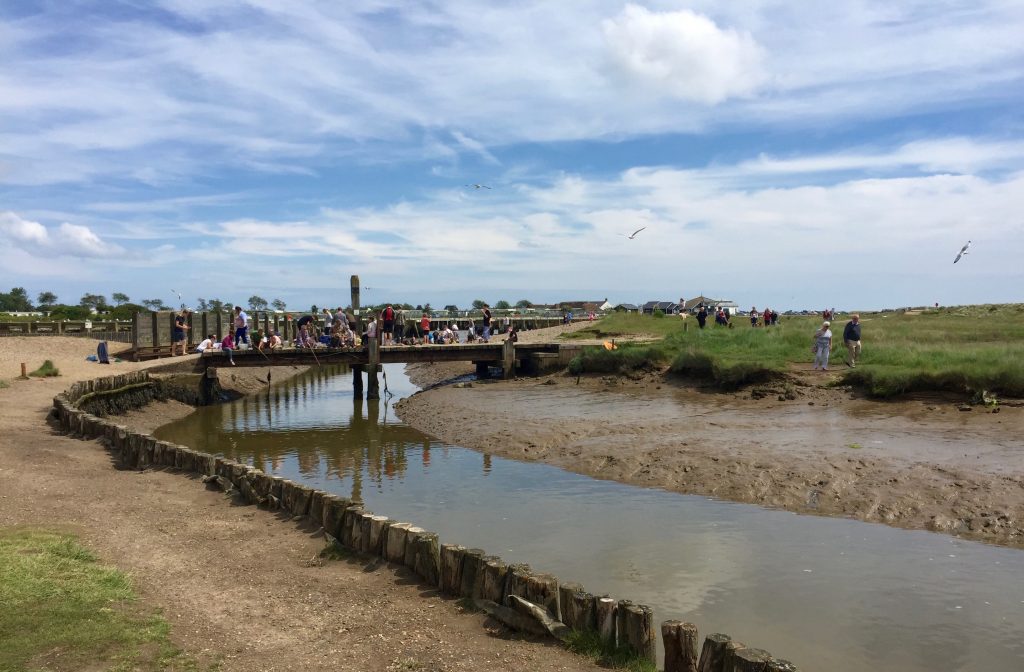
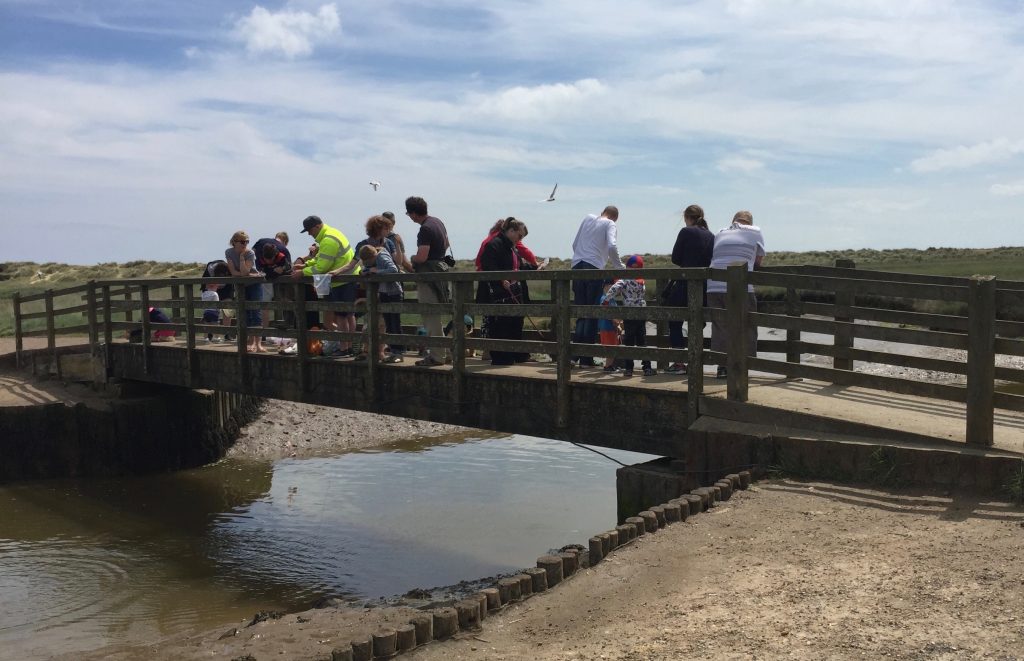
Southwold is just across the river and clearly in view. It can either be reached by taking a row-boat ferry across the Blyth, or by walking half a mile or so to the footbridge over the river.
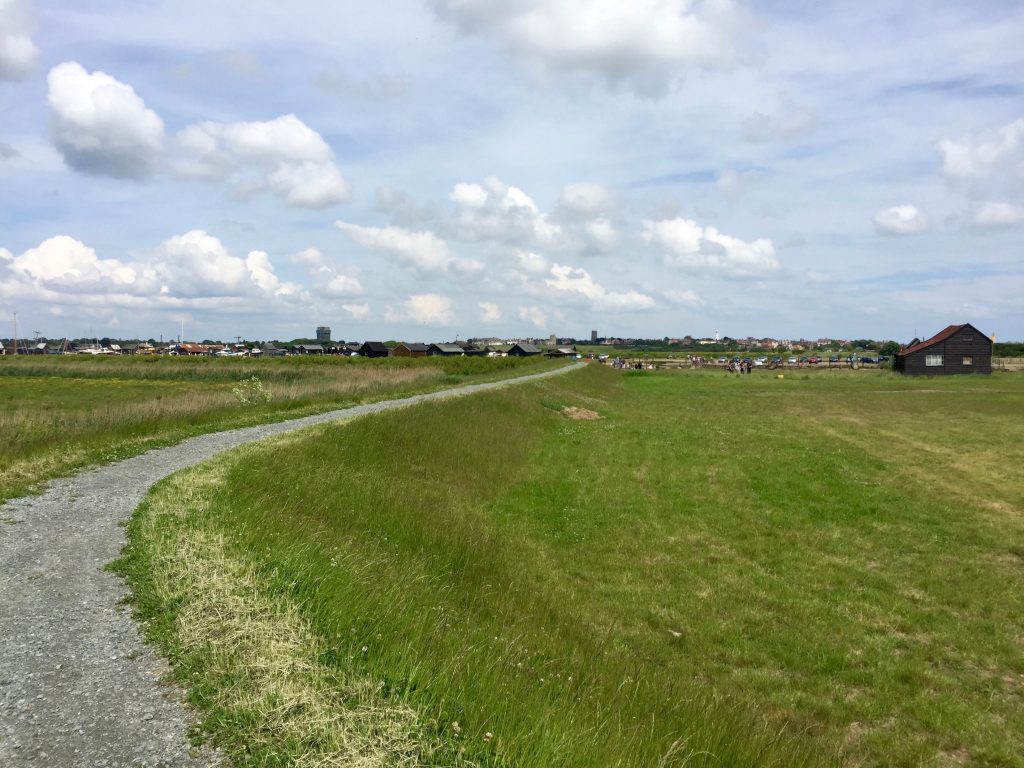
It can either be reached by taking a row-boat ferry across the Blyth, or by walking half a mile or so to the footbridge over the river.
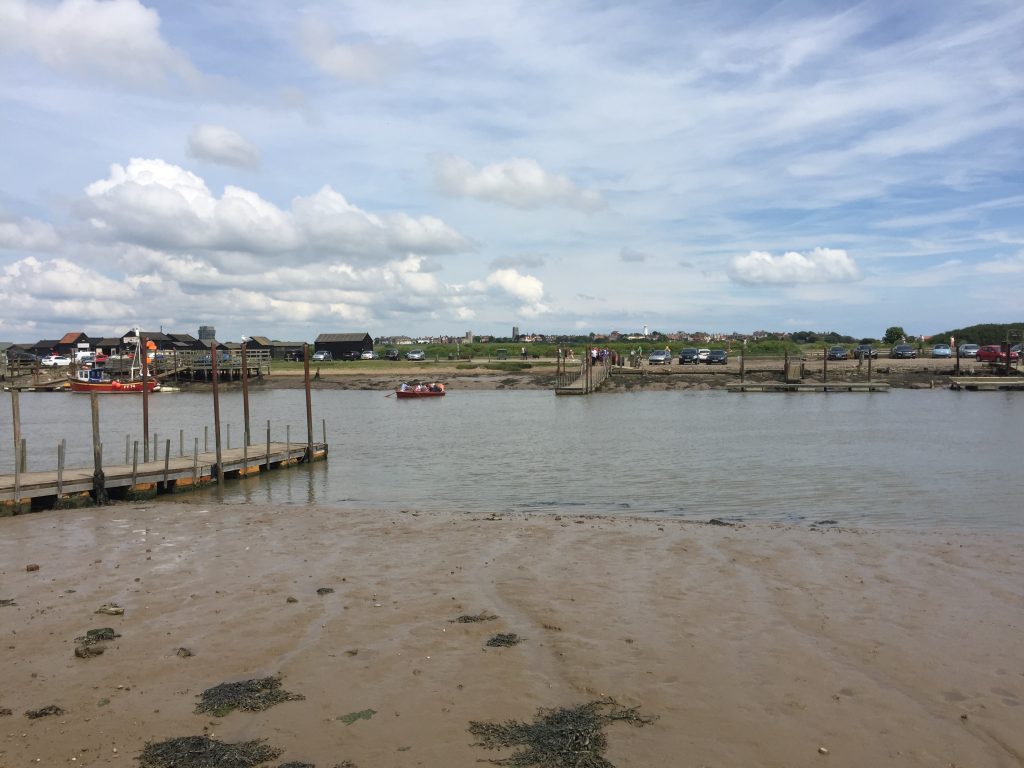
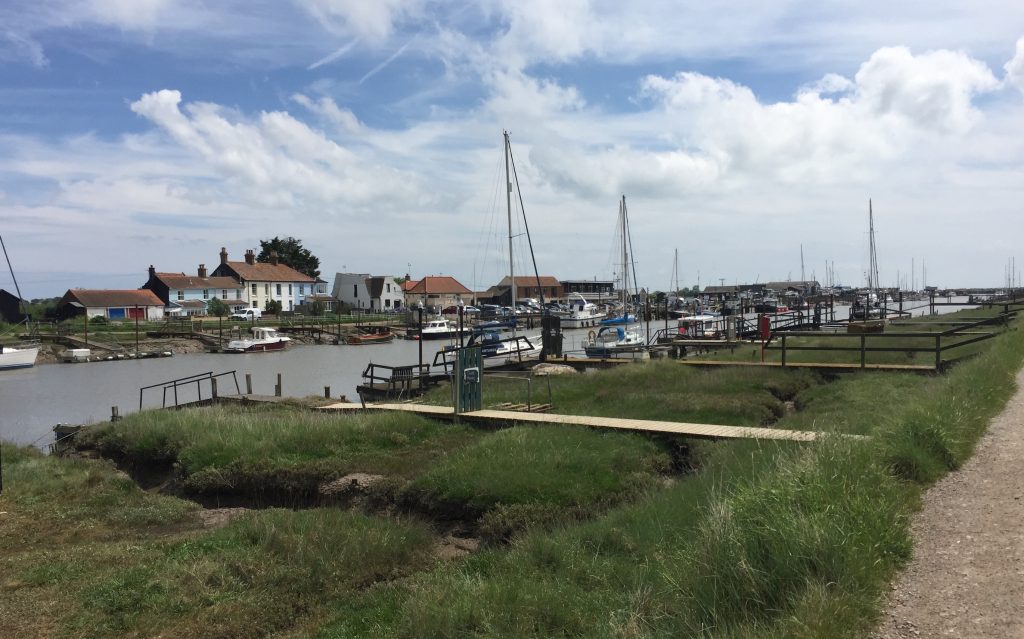
Once across the river, following the coastline will lead you to the Southwold beach, famed for its beach huts, its pier which was renovated successfully in 2001, and the groynes that jut out into the water preventing the beach eroding into the sea.
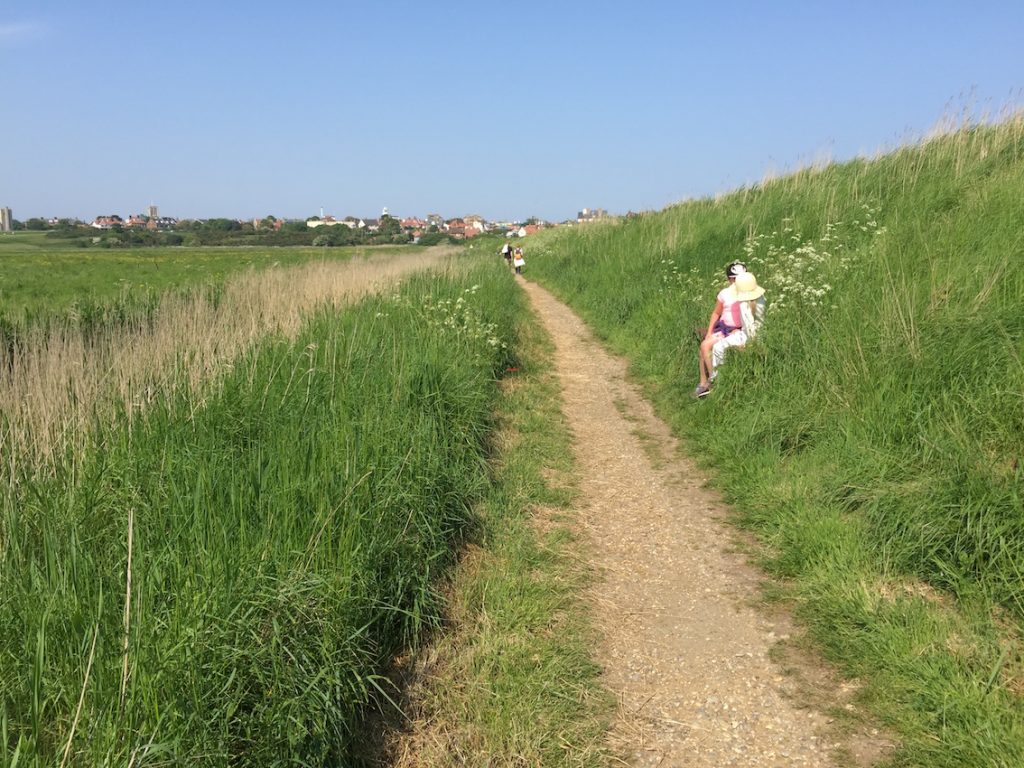
Southwold’s charm is hard to miss. It offers a quintessential seaside holiday experience that both young and old will enjoy. Walking along the promenaded beach or through the town you feel as if you were in a time warp. There is a Tesco’s , a cash machine and other trappings of modern life but you feel as if the town hasn’t changed for decades. It’s a timeless seaside experience. We can recomend the two magpies bakery in the heart of Southwold for delicous cakes and snacks which you can take out for a picnic on the beach, you deserve it!
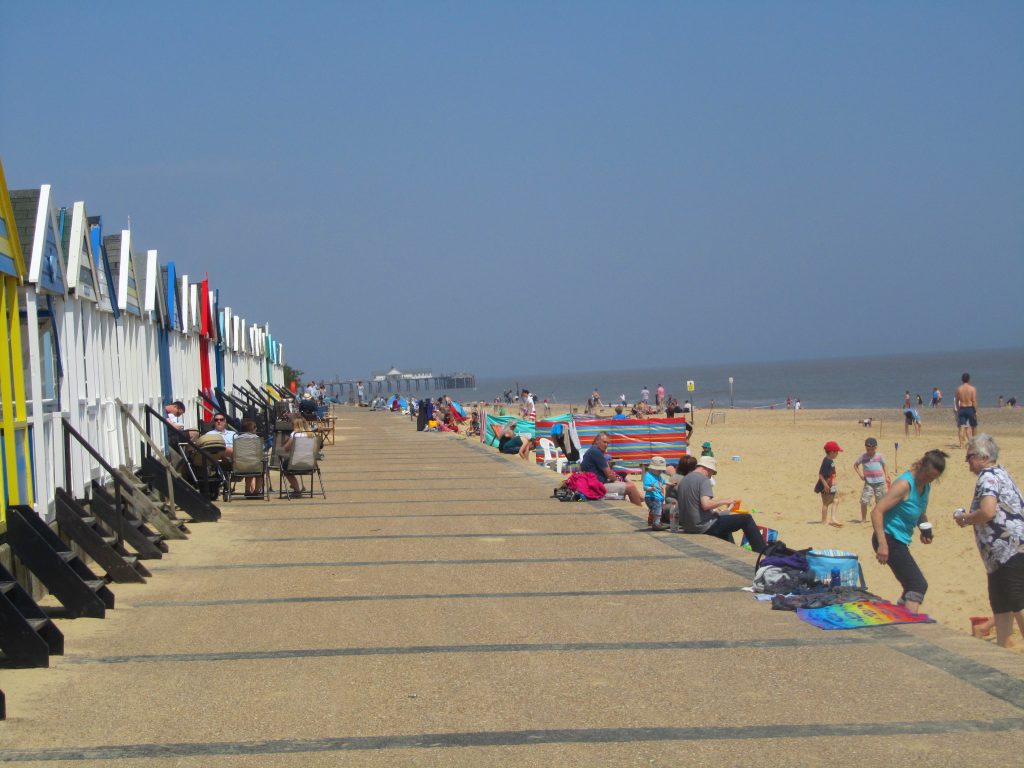
More in the area;

